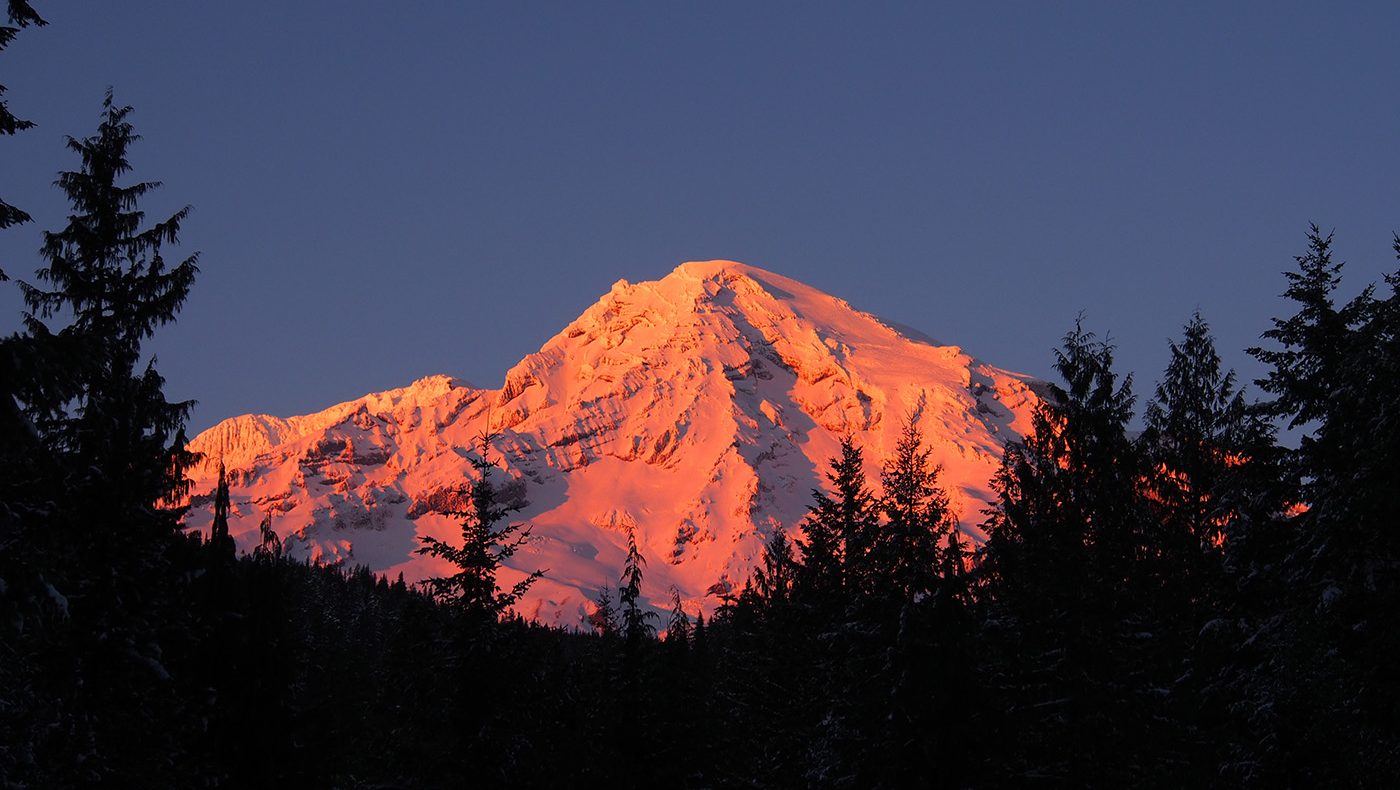Day 146: Southbound to Home
Michael is coming home.
After 146 days on the Pacific Crest Trail, he has hung up his shoes and said “That it is for now.”
He walked from Mile Marker 0 at Campo, California on the Mexican border, past the PCT Midway point to Drakesbad Guest Ranch near Chester California, at Mile Marker 1356. Then he flipped around to Harts Pass Washington, at Mile Marker 2630, and walked 30 miles north to the Canadian border, where he touched Monument 78 at Mile Marker 2630. He then hiked south to Snoqualmie Pass, to Mile Marker 2402.
By my count, he walked 1,614 miles.
I’m piecing together his sojourn, but from what I can gather he and his friends took a long, slow hike for that last bit of trail in Washington before they hit the fires. His companions had decided that was the end of their journey; Michael was unsure. They managed to get themselves to Seattle last week, where they bought bus tickets to Oakland, California. I think Michael had to make his decision at the bus terminal — get a ticket to San Jose and return to civilization with his companions, make his way to an airport and fly home, or say goodbye, buy a ticket to somewhere near Ashland Oregon, find a way to make the four hour trip east to get back to the PCT, and continue hiking southbound alone for roughly 350 miles to return to Chester, where he’d first stepped off the trail.
When I talked to him on Monday, he sounded, well, terrible, to be frank. I was shocked. But as I’ve had time to reflect, I understand this was a difficult decision for him and one for which he really felt he had no choice. After all this time on the trail, in the company of so many people, the idea of heading out alone in his final days, exhausted and ill, into a part of the trail everyone has already finished–and to have missed all of Oregon, as well–was just too much. His will to push on alone was just gone.
He said he was overwhelmed, and I’m sure that’s about re-entry. I hadn’t thought about this much. What would it be like for him to suddenly lose his solitude and the physicality of his hike? What will it be like to lose the freedom and the inspiration that comes from being around beauty and nature instead of traffic lights and shopping malls? How will he adjust to having NetFlix again, instead of audiobooks and podcasts and music and silence? How will his body adjust to so much real food instead of candy and rice?
Since Monday, I too have been adjusting to the reality that the physical part of this journey is over, for now. I’m so glad he’s safe. I cried like a baby on Monday when I felt the physical relief of no longer worrying about his safety. It was over. He was coming home, and any fear I’d had that maybe he wouldn’t could now end. I’m so proud of what he’s accomplished. There is no regret, not one bit of it, about anything he did or any decision he made. He did what he set out to do—to prove to himself that he could shed the world he lived in and immerse himself in a mind-blowing adventure, alone, to discover his strengthens, his passions and what makes him happy. I think all of that happened, and I’m so grateful for that.
Still, I sense that re-entering life here in Dallas is going to be tricky, for all of us. The first step is to welcome and celebrate and provide a resting pad for a tired son who did a remarkable thing that no one in this family could possibly have done. As my friend Lisa said to me a few weeks ago, “tell him that his stock has gone up.” People need to know that when they’ve done something extraordinary and that you admire them for it.
We’ll be at Love Field on Friday evening with bells on, as my mother would say. I’m not sure what sort of celebration Michael is ready for, beyond that, so I’ll give him a bit of quiet time before I bring in the marching bands. I do promise pictures, however.

PS. So you know, this is what Michael made the decision to do when he flipped to Canada. I’m crazy proud of him. He hiked the high Sierras in snow and ice, and made his way to the Cascades for the next most difficult part of the journey. My son walks on mountains, boy. What a crazy great thing.
- Border crossing issues: Southbounders face a different situation than northbounders with regards to border laws. Though it is possible to obtain a permit to enter Canada along the PCT, it is not possible to obtain a permit for entering the U.S. along the PCT, even if you are a U.S. citizen. Entering the U.S. along the PCT is considering ‘entering the U.S. without passing inspection’ – a federal crime. There is no legal way to do it. Some do it anyway – as enforcing this law out in the backcountry is very difficult. They do so at their own risk. Other’s start at Hart’s Pass, head north to the border, touch Monument 78, then turn around and hike south to Mexico. Still others just start at Hart’s Pass and start hiking south.
- Navigational issues: Navigating the PCT southbound is much more difficult for southbounders than for northbounders – especially for the first 500 miles. The trail is routinely covered with snow, sometimes for more than a mile. This makes navigating the PCT with just a map and compass very difficult and time-consuming. PlanYourHike.com strongly recommends southbounders take a GPS – at least for the first 500 miles. Southbounders don’t have any footprints to follow through the snow, and it is very easy to end up lost. You may also notice that some areas seem to have more PCT emblems nailed in places that are easy to see when heading northbound, but difficult or impossible to see heading southbound.
- Snow: The beginning of your hike is likely to include significant snow travel. The snow in the North Cascades stays on the ground, especially on the passes, until mid-July or later. This can include steep, dangerous slopes that will challenge the average hiker. You’re be in light mountaineering mode right at the start of your southbound thru-hike. You’re likely to tackle the snowbound north facing sides of passes without footprints to follow. You should be fit, skilled and prepared to deal with it. You’ll need to be a proficient navigator. Most southbounders start at the end of June or early July. Even if you push back your start date, you should anticipate snow travel.
Comments are closed.

JoAnn Vander Brink Nicoletti
September 21, 2017 at 12:28 pmWhat an amazing journey for both of you. I congratulate you each on your respective accomplishments. Well done!
Granny skies
September 23, 2017 at 7:55 amHeartiest congratulations to your son for this heroic accomplishment & to you for understanding its import — from those in awe on Lake Bonaparte, NY, several of whom have relatives/friends who’ve ventured over the Appalachian Trail.
Richard Schwerdtfeger
September 26, 2017 at 9:47 amThanks for telling this story. I’m considering doing some thru-hiking, and seeing all of the effort and research that you and Michael put into this really made me want to be out there even more, even with his journey told second hand. Congratulations to the both of you.